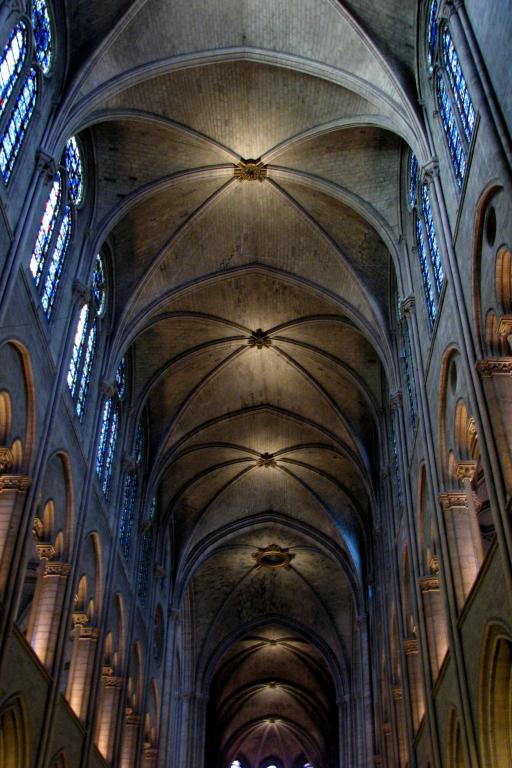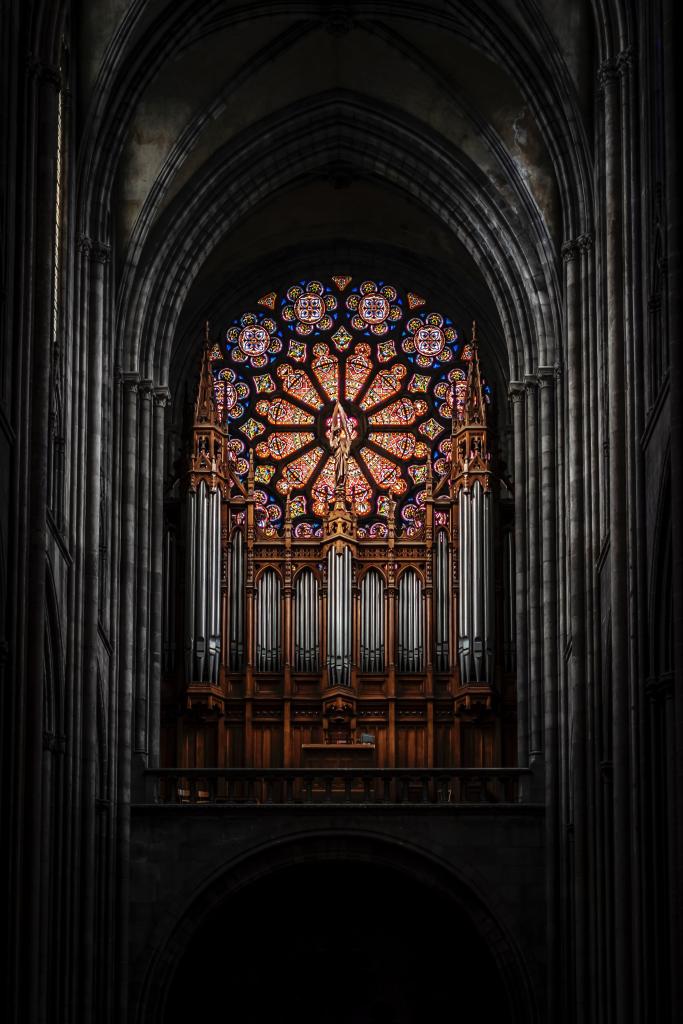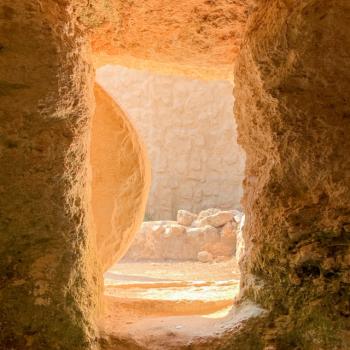 In the wake of the fire at Notre Dame, I have been struck by the uncomprehending character of many of the comments made by journalists and scholars. Writers have talked about the Cathedral as a repository of European culture. They have harkened back to Kenneth Clark’s use of the Cathedral as a visual for “civilization.” And others have talked about Notre Dame as a “work of art.” But none of these descriptions comes close to capturing the building’s purpose or grasping the faith and devotion that motivated the building of great cathedrals in Europe and elsewhere.
In the wake of the fire at Notre Dame, I have been struck by the uncomprehending character of many of the comments made by journalists and scholars. Writers have talked about the Cathedral as a repository of European culture. They have harkened back to Kenneth Clark’s use of the Cathedral as a visual for “civilization.” And others have talked about Notre Dame as a “work of art.” But none of these descriptions comes close to capturing the building’s purpose or grasping the faith and devotion that motivated the building of great cathedrals in Europe and elsewhere.
Based upon the theology of ancient Israel’s Tabernacle and, subsequently, the theology that shaped the Temple in Jerusalem, cathedrals serve as the nexus between heaven and earth. Behind the imagery of the Hebrew Bible lies the conviction that the councils of God, or life around the throne of God, is perfectly ordered by God’s will. To put it colloquially, “There is a place for everything and everything is in its place.”
Earth, as God’s creation, is meant to reflect that order as well, but clearly that is not the case. So, the Temple in Jerusalem served as the nexus where, thanks to sacrifices and other rituals, God’s people and creation were restored to their proper place. On that reading of things, priests are what we might call, “cosmic housekeepers.”
The Christian rituals or sacraments celebrated in Cathedrals are different, of course, but they are governed by the same logic. The death, resurrection and ascension of Jesus the Christ sets things right once and for all, and the services in a cathedral like Notre Dame are the nexus where that offering is made again and again.
Gothic architecture, in particular, makes that point and others without apology. For three years I served as Canon Educator at Washington National Cathedral. If you preached or celebrated at services in the nave, you were usually asked to greet visitors at the western doors. Inevitably, a visitor would stop to say, “This was very grand, but it’s not very intimate.” Looking back to the east and up to the high altar, I usually responded, “You know, Gothic architecture doesn’t ‘do’ intimate. The message of architecture is: One, there is a God and, two, you are not. Kneel. Be silent. Pray.”
From a Christian vantage point, then, any restoration of Notre Dame that is captive to something as bland as notions of its artistic character or its reputation as an artifact of European civilization will fall well short of the convictions that prompted its building in the first place. The Cathedral had already been so badly neglected that it was in danger of collapsing, even before it caught fire, and its condition was emblematic of Europe’s own spiritual poverty. The almost instant invitation for the architects of the world to weigh in with suggestions for a new spire also suggests that the people charged with the repair of the Cathedral suffer from the same malaise.
Although it is hardly a perfect analogy, perhaps Christians can now begin to understand – ever so slightly – the sense of loss that Jews experienced with the destruction of both the first and second Temple in Jerusalem. For both Jews and Christians, God is actively involved in our lives and in our world. This is not a bit of secret knowledge or theory. It is enacted and, Christians would argue, incarnational. Structures like Notre Dame, then, are not more important than human lives, but they physically embody a truth that makes all life possible.
One can only hope that in the midst of the cultural confusion that has left Europeans without the means of naming that truth, that people who understand this will shape its restoration. The most promising image from the news coverage that night was the gathering of young Parisians who knelt and sang “Ave Maria,” as the fire consumed the Cathedral’s spire. Perhaps they are the ones that the French should consult.












